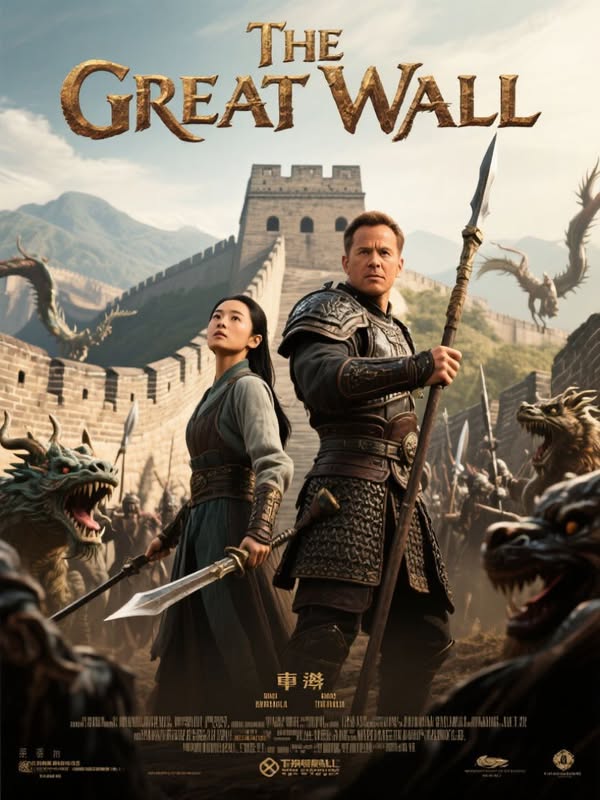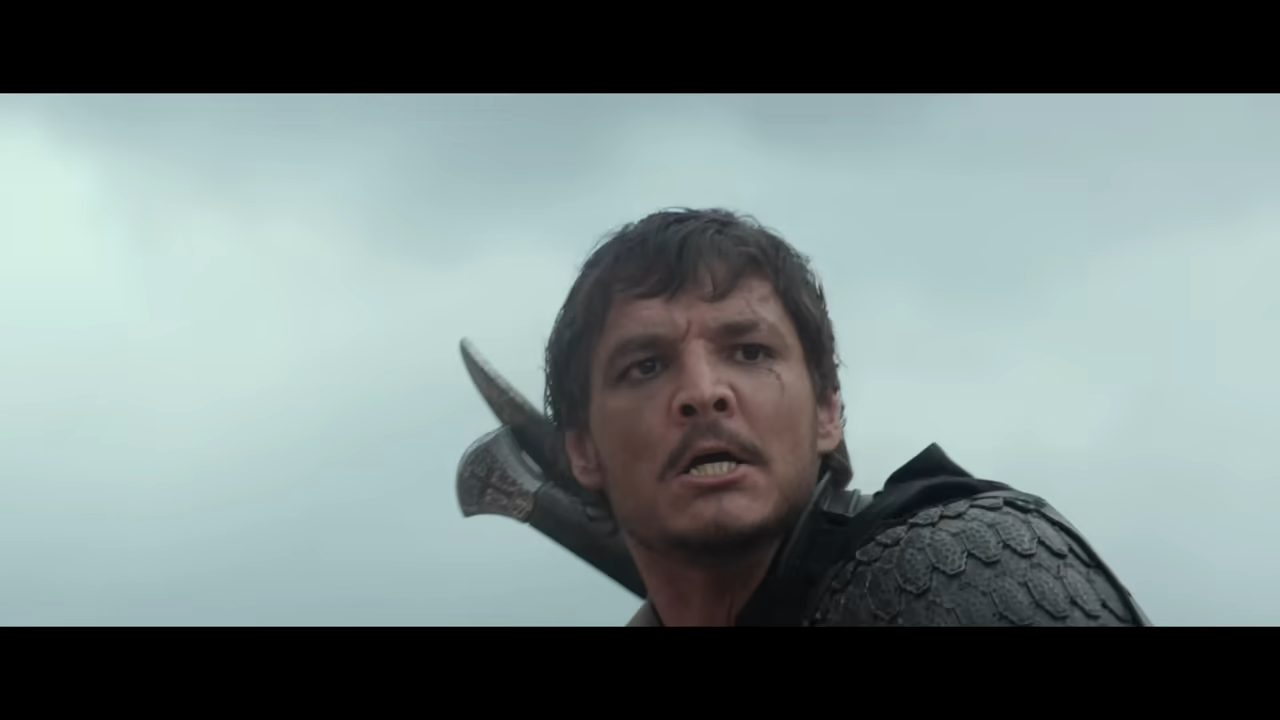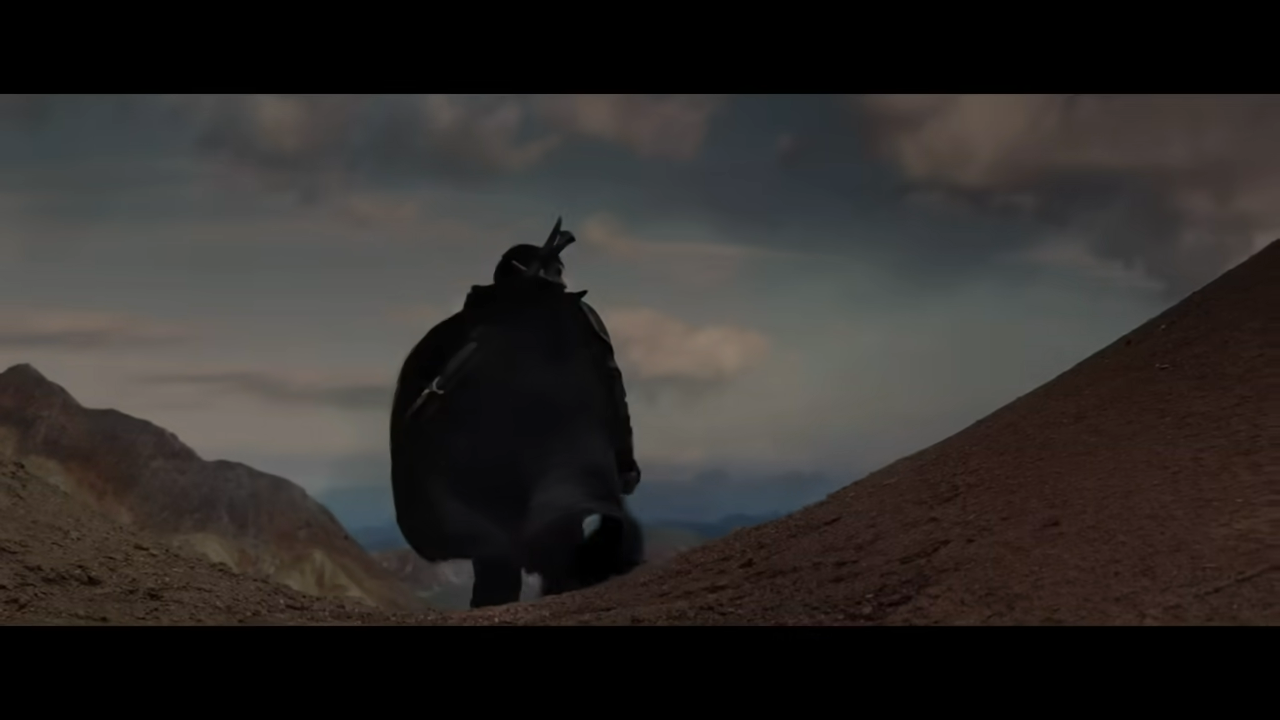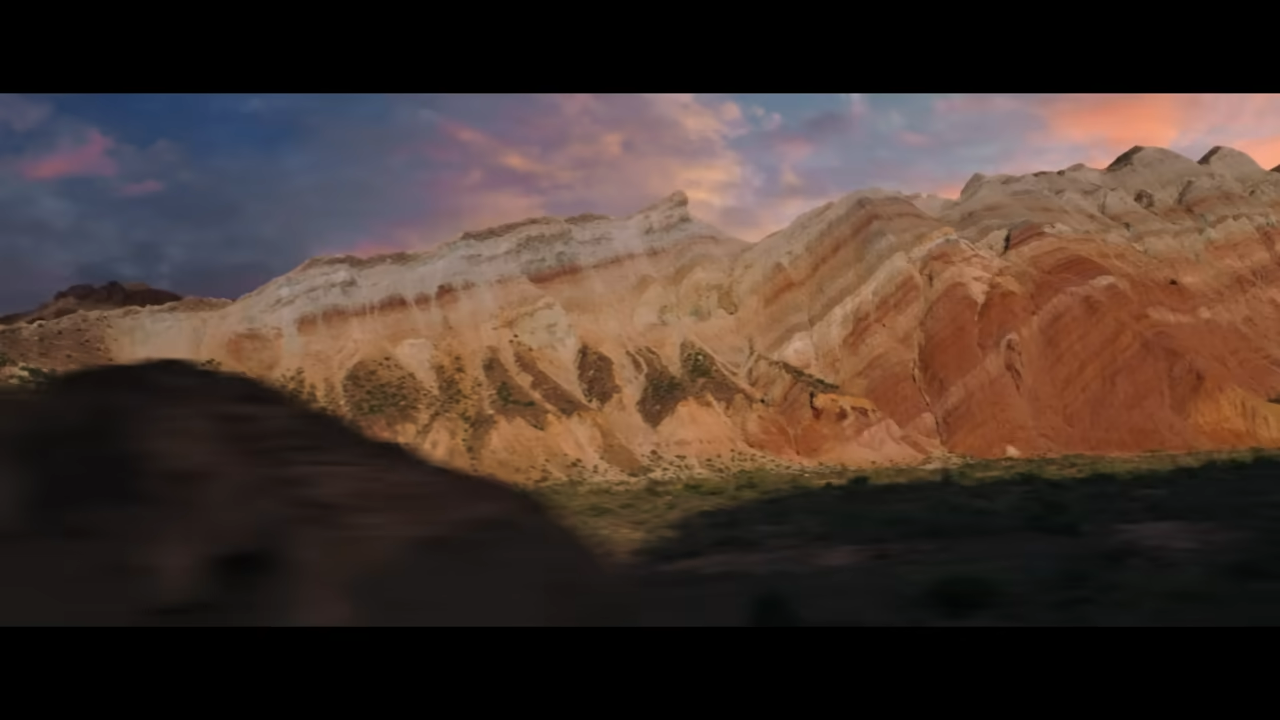The Great Wall (2016) – Movie Review

Related Movies:
A Mythic Battle on an Epic Canvas

The Great Wall transports viewers to Song Dynasty China, where the titular structure is not just a defense against human invaders but a bulwark against the Tao Tei, ravenous reptilian monsters that awaken every 60 years to ravage humanity. Matt Damon plays William Garin, a European mercenary seeking gunpowder, who arrives at the Wall with his comrade Tovar (Pedro Pascal). Captured by the Nameless Order, a secret army led by Commander Lin Mae (Jing Tian), they learn of the Tao Tei’s apocalyptic threat. As William grapples with greed versus honor, he joins Lin and her forces, including strategist Wang (Andy Lau) and captive Englishman Ballard (Willem Dafoe), in a desperate stand to save the world.

Directed by Zhang Yimou, known for Hero and House of Flying Daggers, the film is a Chinese-American co-production that blends Eastern mythology with Western blockbuster sensibilities. While not based on a true story, it reimagines the Great Wall’s purpose with fantastical flair, aiming to captivate global audiences. For those searching “The Great Wall 2016,” the film offers a visually dazzling but narratively uneven experience.
Plot and Themes: Courage and Unity Against Chaos

The story begins with William and Tovar, survivors of a mercenary band, stumbling upon the Great Wall after fleeing bandits. Their quest for gunpowder—a coveted weapon in medieval Europe—takes a backseat when they witness the Nameless Order’s disciplined defense against the Tao Tei. These creatures, driven by a hive-mind queen, are a relentless force, and the film’s action centers on the Order’s inventive tactics, from flaming arrows to bungee-jumping warriors. As William bonds with Lin, whose courage inspires him, tensions rise with Tovar and Ballard, who plot to steal gunpowder, threatening the mission.

Thematically, The Great Wall explores unity, sacrifice, and the struggle between personal gain and collective good. William’s arc, from cynical mercenary to selfless warrior, mirrors the film’s message of global cooperation, a nod to its cross-cultural production. The Tao Tei symbolize chaos, forcing characters to confront their values under pressure. However, the narrative often prioritizes spectacle over depth, limiting the emotional impact of these themes.
Cast and Performances: A Mixed Ensemble

Matt Damon anchors the film as William, bringing rugged charisma and physical prowess to the role. His performance is solid, though his American accent and modern demeanor feel out of place in ancient China, a point of contention for some viewers. For those searching “Matt Damon Great Wall movie,” his star power is a draw, but the role lacks the complexity of his best work.
Jing Tian shines as Commander Lin Mae, exuding strength and grace as the Nameless Order’s leader. Her chemistry with Damon, while understated, grounds the film’s emotional core. Pedro Pascal’s Tovar injects roguish humor, stealing scenes with his sardonic wit, though his character’s motivations feel underdeveloped. Willem Dafoe’s Ballard, a scheming prisoner, is underutilized, with his screen time too brief to leave a lasting impact. Andy Lau’s strategist Wang adds gravitas, but like many supporting roles, he’s overshadowed by the action.
The ensemble’s diversity reflects the film’s global ambitions, but the script struggles to balance its large cast, leaving some characters as archetypes rather than fully realized figures.
Direction and Cinematography: A Visual Triumph
Zhang Yimou’s direction is the film’s greatest asset, transforming The Great Wall into a visual feast. Known for his vibrant color palettes, Zhang infuses the Nameless Order’s armor with vivid reds, blues, and golds, creating a striking contrast against the Wall’s gray stone and the Tao Tei’s grotesque green hues. Action sequences, from massive battles to daring aerial assaults, are choreographed with balletic precision, showcasing Zhang’s knack for blending beauty with chaos. The film’s 103-minute runtime keeps the pacing brisk, though it sacrifices character depth for spectacle.
Cinematographer Stuart Dryburgh captures the Wall’s grandeur, with sweeping aerial shots and claustrophobic battle scenes that immerse viewers in the action. The creature design, crafted by Weta Workshop, makes the Tao Tei genuinely menacing, though their CGI occasionally feels dated. Ramin Djawadi’s score, blending orchestral swells with Chinese instrumentation, amplifies the epic tone but lacks a memorable theme. For those searching “Chinese fantasy epic 2016,” the visuals alone make the film worth watching.
Strengths: Spectacle and Ambition
The Great Wall excels as a visual spectacle, with Zhang Yimou’s artistry elevating it above standard action fare. The battle sequences are inventive, showcasing unique weapons like explosive lances and magnetic traps. Jing Tian’s Lin Mae is a standout, offering a strong female lead in a genre often dominated by men. The film’s cross-cultural narrative, while simplistic, promotes unity, resonating with audiences seeking global stories.
The production design, from the Wall’s towering sets to the Order’s intricate armor, immerses viewers in a fantastical version of ancient China. The action is relentless, appealing to fans of films like Pacific Rim or The Lord of the Rings. For those searching “The Great Wall action movie,” it delivers on adrenaline and scale.
Weaknesses: Narrative and Cultural Missteps
Despite its ambition, The Great Wall stumbles in its storytelling. The script, credited to Carlo Bernard, Doug Miro, and Tony Gilroy, feels formulaic, relying on clichés like the “white savior” trope, which drew criticism for casting Damon in a lead role over Chinese actors. The Tao Tei, while visually striking, lack the personality of iconic movie monsters, serving as a generic threat. Character development, particularly for Tovar and Ballard, is minimal, making their arcs feel predictable.
Cultural inaccuracies and a sanitized portrayal of Chinese history may frustrate viewers expecting authenticity. The film’s 5.9/10 IMDb rating reflects mixed reception, with critics noting its failure to fully merge Hollywood and Chinese storytelling. For some, the narrative feels like a missed opportunity to delve deeper into the Wall’s mythic lore.
SEO Optimization and Audience Appeal
For audiences searching “The Great Wall 2016 review” or “Matt Damon Chinese movie,” the film offers a unique blend of Hollywood action and Chinese aesthetics. Its PG-13 rating makes it accessible, though mild violence and monster scares may unsettle younger viewers. Keywords like “Jing Tian Great Wall” and “Pedro Pascal action film” will draw fans of the cast, while “fantasy epic 2016” targets genre enthusiasts.
Released in 2016, The Great Wall aimed to bridge Eastern and Western markets but faced scrutiny for its casting and narrative choices. Still, its visual splendor and action-packed sequences maintain a cult following, evident in discussions on platforms like X. It appeals to fans of Monster Hunter or Warcraft seeking spectacle over substance.
Final Verdict: A Flawed but Dazzling Epic
The Great Wall (2016) is a visually stunning adventure that showcases Zhang Yimou’s mastery of spectacle but falters in its storytelling. Matt Damon and Jing Tian deliver solid performances, but the script’s clichés and cultural missteps prevent it from reaching greatness. For those searching “The Great Wall 2016,” it’s a thrilling, if imperfect, ride that prioritizes action over depth. Fans of epic battles and fantasy will find plenty to enjoy, but those seeking a cohesive narrative may leave wanting more.
Rating: 5.9/10











